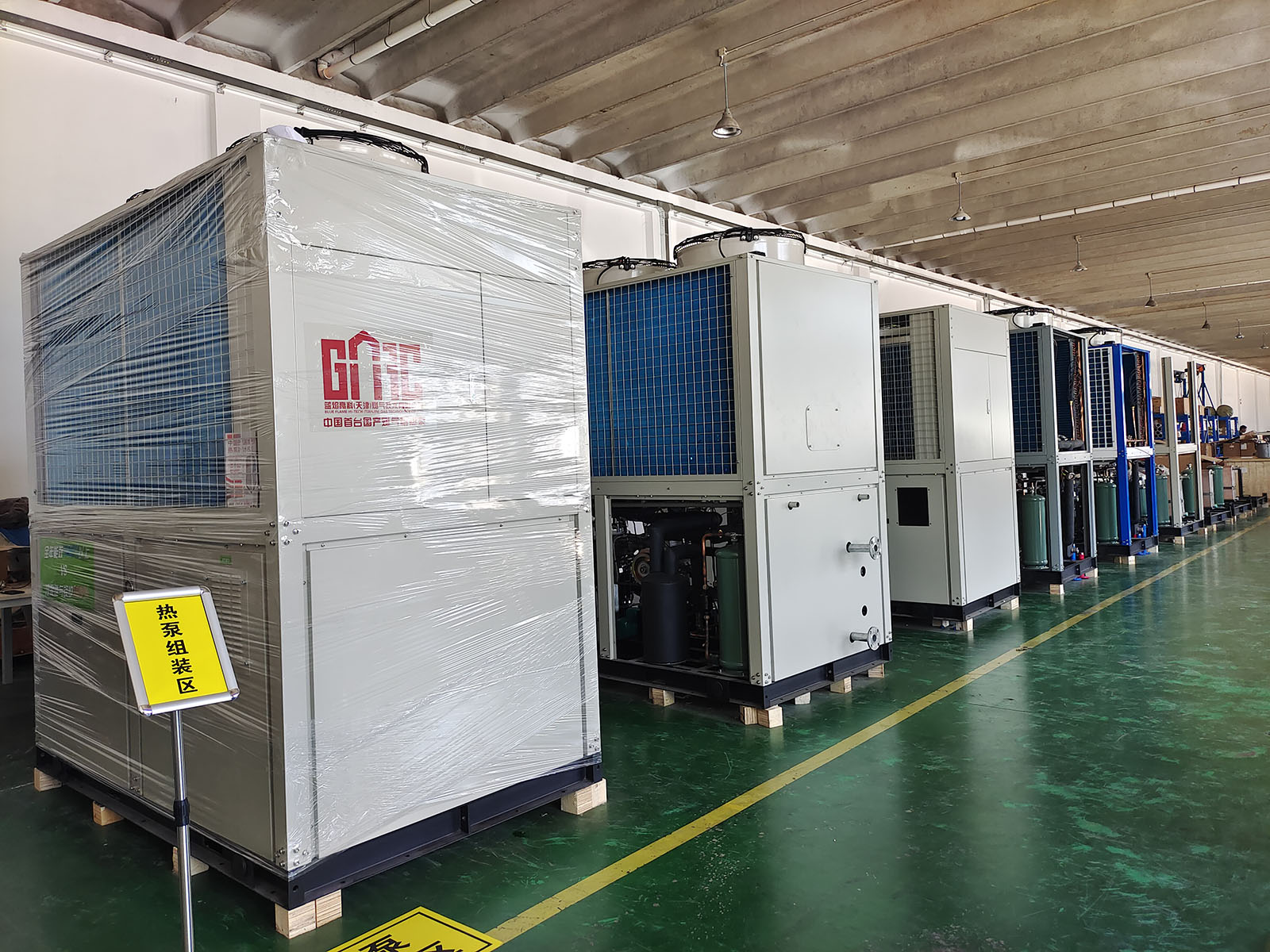- Afrikaans
- Albanian
- Amharic
- Arabic
- Armenian
- Azerbaijani
- Basque
- Belarusian
- Bengali
- Bosnian
- Bulgarian
- Catalan
- Cebuano
- China
- China (Taiwan)
- Corsican
- Croatian
- Czech
- Danish
- Dutch
- English
- Esperanto
- Estonian
- Finnish
- French
- Frisian
- Galician
- Georgian
- German
- Greek
- Gujarati
- Haitian Creole
- hausa
- hawaiian
- Hebrew
- Hindi
- Miao
- Hungarian
- Icelandic
- igbo
- Indonesian
- irish
- Italian
- Japanese
- Javanese
- Kannada
- kazakh
- Khmer
- Rwandese
- Korean
- Kurdish
- Kyrgyz
- Lao
- Latin
- Latvian
- Lithuanian
- Luxembourgish
- Macedonian
- Malgashi
- Malay
- Malayalam
- Maltese
- Maori
- Marathi
- Mongolian
- Myanmar
- Nepali
- Norwegian
- Norwegian
- Occitan
- Pashto
- Persian
- Polish
- Portuguese
- Punjabi
- Romanian
- Russian
- Samoan
- Scottish Gaelic
- Serbian
- Sesotho
- Shona
- Sindhi
- Sinhala
- Slovak
- Slovenian
- Somali
- Spanish
- Sundanese
- Swahili
- Swedish
- Tagalog
- Tajik
- Tamil
- Tatar
- Telugu
- Thai
- Turkish
- Turkmen
- Ukrainian
- Urdu
- Uighur
- Uzbek
- Vietnamese
- Welsh
- Bantu
- Yiddish
- Yoruba
- Zulu
Jul . 21, 2024 01:11 Back to list
Exploring Durable and Reliable Cast Iron Drain Fittings for Efficient Plumbing Solutions
Understanding Cast Iron Drain Fittings An Overview
Cast iron drain fittings play a critical role in modern plumbing systems, providing durability, strength, and longevity. Made from iron that has been melted and cast into molds, these fittings are renowned for their resistance to rust and corrosion. With a history that dates back to the early industrial era, cast iron materials have been a fixture in construction and plumbing for centuries, offering several advantages that make them a popular choice for both residential and commercial applications.
One of the primary benefits of cast iron drain fittings is their robustness. Unlike PVC or other plastic materials, cast iron can withstand significant pressure and is less likely to crack or break under stress. This durability is particularly important in environments where high volumes of wastewater must be transported swiftly and efficiently. The solid nature of cast iron also provides excellent sound dampening properties. This means that when water rushes through cast iron pipes, it generates less noise compared to plastic pipes, making it a preferred choice for residential buildings, especially where noise reduction is a priority.
Additionally, cast iron fittings contribute to a more fire-resistant plumbing system. In scenarios where fire safety is a concern, such as in multi-story buildings or commercial properties, these fittings provide an added layer of security. Cast iron can withstand high temperatures, reducing the risk of pipe failure in the event of a fire and helping to contain the spread of flames. This feature is vital for building codes and standards in many regions, where materials used in plumbing must meet stringent safety regulations.
cast iron drain fittings

Maintenance is another aspect where cast iron shines. Though it may seem counterintuitive, older cast iron plumbing systems often require less maintenance than modern plastic systems. Cast iron fittings and pipes can last upwards of 50 years or more if installed and maintained correctly. They are less prone to issues such as leaking joints or connections loosening over time, which can be common with less durable materials. However, it is essential for property owners to routinely inspect and clean cast iron systems to prevent buildup of debris or corrosion, which can reduce the longevity of the fittings.
One of the main disadvantages of cast iron fittings is their weight. Cast iron is significantly heavier than alternative materials, making installation more labor-intensive. This factor may increase labor costs, especially in larger projects or in installations that require lifting the fittings to upper floors. Despite this drawback, many contractors prefer cast iron due to its longevity and robustness, making it a worthwhile investment for long-term plumbing solutions.
Moreover, sustainability is becoming an increasingly important factor in construction and plumbing. Cast iron is recyclable, which adds to its appeal from an environmental perspective. When the time comes to replace old pipe systems, cast iron fittings can be melted down and repurposed, reducing waste compared to plastics that may linger in landfills for hundreds of years.
In conclusion, cast iron drain fittings offer a unique combination of strength, durability, and sound reduction capabilities, making them a go-to choice for many plumbing applications. While they do come with some challenges, particularly in terms of weight and installation complexity, their benefits far outweigh the downsides. With proper installation and maintenance, cast iron fittings can serve as a reliable and efficient component of any plumbing system, ensuring effective waste management for years to come. For those considering new plumbing installations or replacements, investing in cast iron drain fittings is a decision that is likely to yield long-term rewards.
-
8mm Thin-Walled Cast Steel Manhole Cover Pallet Bottom Ring | Durable
NewsAug.04,2025
-
Premium Cast Iron Water Main Pipe: Durable, Corrosion-Resistant
NewsAug.03,2025
-
Durable Cast Iron Water Mains | AI-Optimized Systems
NewsAug.02,2025
-
High-Efficiency Propane Boiler for Baseboard Heat | Save Energy
NewsAug.01,2025
-
Premium Source Suppliers for Various Gray Iron Castings
NewsJul.31,2025
-
Durable Cast Iron Water Main Pipes | Long-Lasting
NewsJul.31,2025


